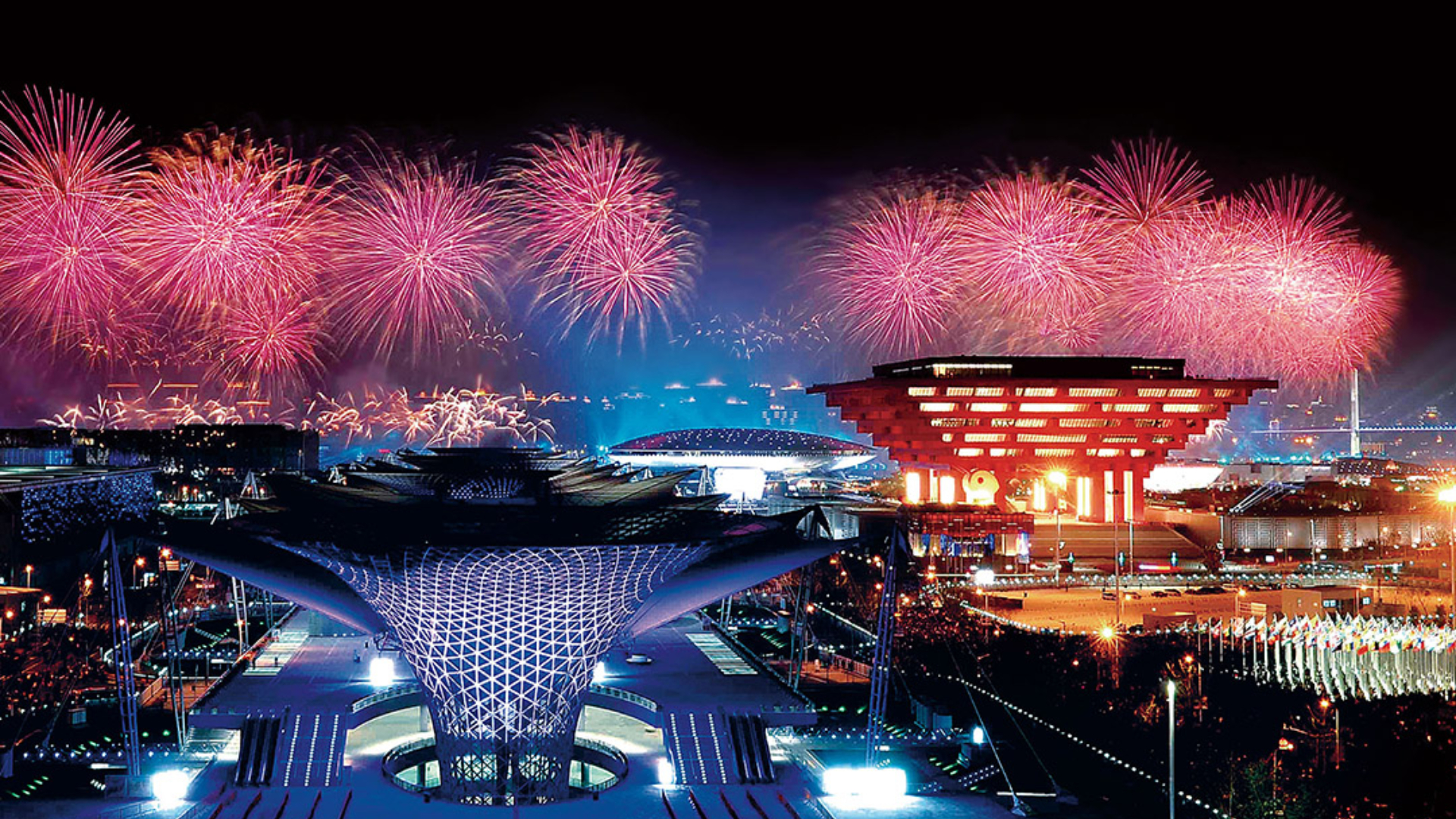
It is the responsibility of every business unit to teach purchasing personnel about safe ignition knowledge. There are over 5000 types of fireworks set off nationwide, and different types of fireworks have different ignition methods. Therefore, it is necessary and essential to teach fireworks set off personnel to correctly and safely follow the "ignition instructions" of the product.
1. All fireworks and fireworks products (except for a few small fireworks) must be ignited outdoors, and it is prohibited to ignite fireworks and fireworks indoors or in public corridors, stairs, roofs, balconies, and windows;
2. When lighting, avoid large public places, especially crowded places such as stations and docks (especially occasions such as weddings, openings, housewarming, birthday celebrations, and construction and completion ceremonies) for 50 meters;
3. Avoid places with vulnerable groups such as kindergartens, schools, nursing homes, and nursing homes within 50 meters;
4. Avoid refueling stations and various flammable and explosive hazardous chemical production and storage areas within 100 meters of hazardous chemical sites;
5. Avoid places where dangerous goods that are prone to fire are concentrated, such as wood and clothing processing factories, general cargo factory warehouses, mountains and forests (winter solstice, Qingming Festival, funerals), haystacks, thatched cottages, and residential buildings;
6. To avoid power and telecommunications equipment, sufficient safety distance should be left when igniting, especially for low-quality fireworks and explosions, such as low explosion, reverse shooting, spraying, high explosion, irregular curve explosion, explosion tube, inner tube mud bottom injury, etc;
7. Avoid protective buildings and tourist areas such as libraries, museums, and work areas of government agencies and institutions,;
8. Do not light fireworks or firecrackers near windows or in small alleys in residential areas to prevent the inner cylinder of the firecrackers from entering the room through windows and causing fires;
9. Try to avoid lighting fireworks and explosions in areas with vehicles and pedestrians to prevent the base of the inner cylinder from injuring pedestrians and vehicles;
10. Try to avoid igniting during residents' rest time and do not ignite in residential areas during restricted burning periods;
11. The fireworks should be set flat and stable, so that the inner cylinder pen can be lifted directly into the empty hand holding type, and should not bounce back and injure people, the ground or other obstacles;
12. When igniting, do not ignite two or more fireworks or fireworks in a row. Instead, ignite the next one after it has been ignited. After someone else ignites fireworks or fireworks, evacuate to a safe area immediately; Do not ignite the fuse directly if it is shorter than 5 centimeters. Use books or newspapers to ignite it. If the fuse is broken, damp, or burned too slowly, wait for 15 minutes before checking. When the fireworks are not completely burned, do not check immediately, and do not let the inner tube of the fireworks set off face your eyes;
13. Do not pile up and ignite fireworks, especially firecrackers;
14. Cannot ignite A-class products;
15. B and C level fireworks lighting operators should meet the following basic conditions: 18 to 60 years old, no diseases or physiological defects that hinder lighting operations;
16. Fireworks shall not be set off in any other way that endangers public safety and personal or property safety.